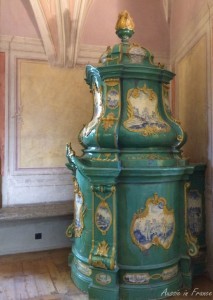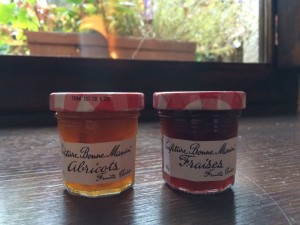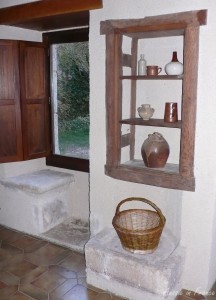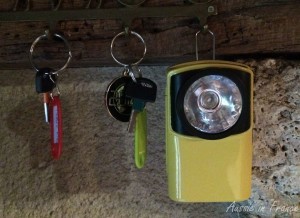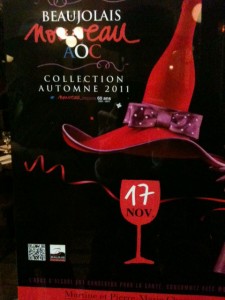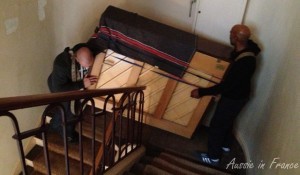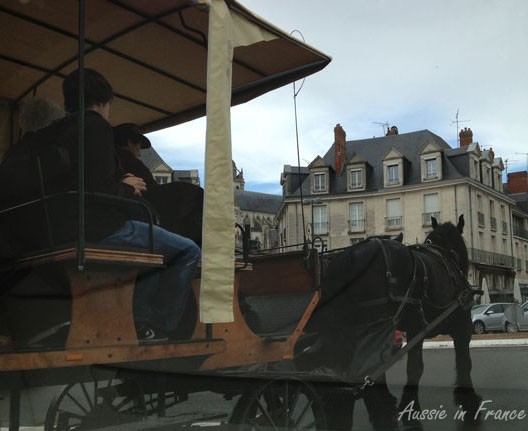Who remembers their new year resolutions ? I certainly don’t so rereading last year’s blog post was very helpful.
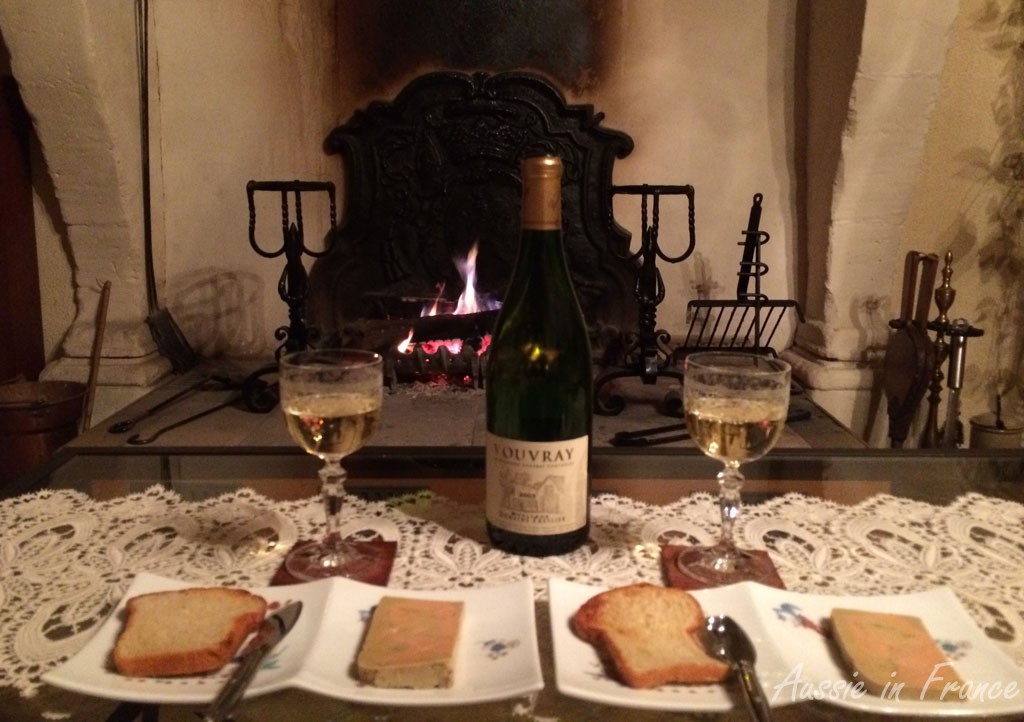
The first resolution was to have a maximum number of holiday bookings for Closerie Falaiseau during the season. At one stage, it looked as though August would be completely empty but in the end, it filled up, giving us a total of 15 weeks which was very satisfactory. Now that we are living here permanently, we’re not sure about how we’ll manage rental, but we’re pretty certain we’ll be renting out the entire house for the month of September.
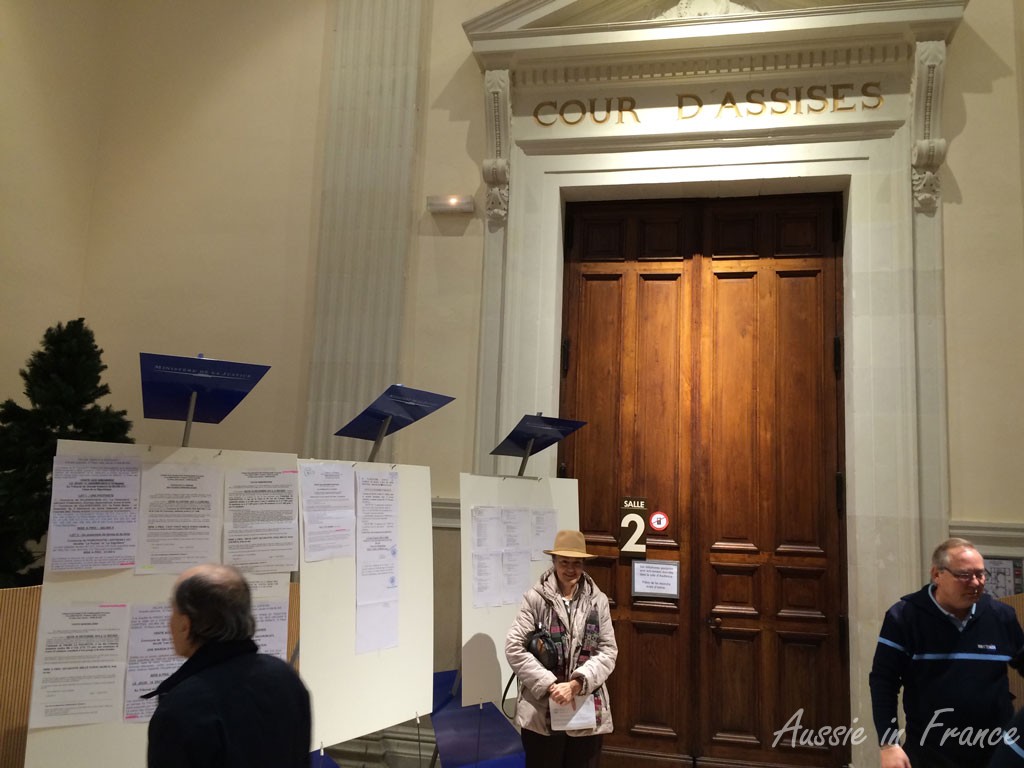
Second on the list was to diversify into some sort of tourist-related activity in Blois which did not even remotely happen due to lack of time and energy. My translation business unexpectedly picked up and I was appointed court translator in December which may also keep me busier than I expected.
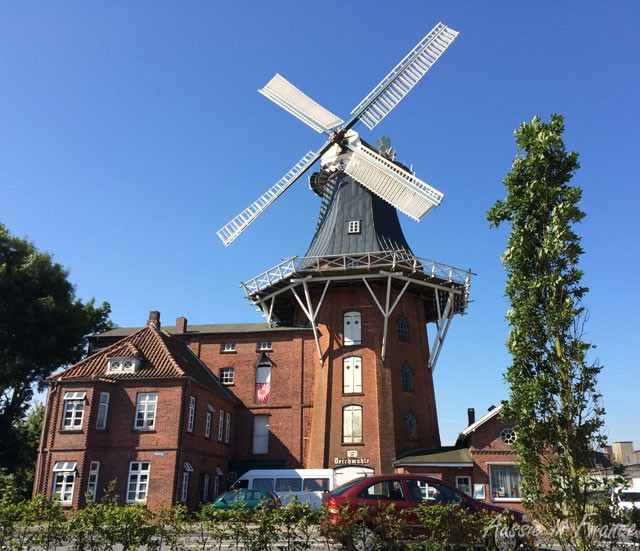
A repeat of our Danube cycling holiday was my third resolution. We spent a month cycling in Germany along the Moselle and the Elbe in particular and found ourselves up in Friesland in the very north of the country chasing the sun and admiring the windmills.
My fourth resolution which was to discover the secret of getting enough sleep simply didn’t happen. I think the situation even got worse. I don’t think there is an answer without medication which I am still resisting.

Improving my night photography skills was already a carry-over resolution from the year before and no progress was made, especially as my night vision has gone down as a result of my otherwise successful cataract operation.
So what are my resolutions for 2015?
The last two months with Jean Michel in retirement mode have taken so much out of me that I am scaling down my resolutions this year.

When walking up the hill to Château de Chaumont after Christmas with Black Cat and the Flying Dutchman, I discovered that my iPhone counts my steps. How it does so, I do not know but it seems that we should be banking on an average of 10,000 steps a day. Just to give you an idea, it’s 3.30 pm and so far, by just staying in the house, I have clocked up 1000 steps. Yesterday, with two not very long walks, I made it to 10,000. So that is my first resolution – to average 10,000 steps a day over a week.
The second is to make a video for each Friday’s French post. Considering that I am only averaging one post a week at the moment and have missed several Fridays along the way, this might be a bit ambitious, but I’m hoping that our holiday in Grenada at the end of January is going to give us both a new lease of life.

I learnt recently that there are excellent Italian lessons in Blois so I am going to sign up in February (no point in doing so before going to Spain or I’m going to be speaking Spanitalian) as my third resolution. I’ve been wanting to improve my basic Italian for a long time so this is something I’m really happy about. My ultimate aim when I eventually retire is to live in Italy for a few months.
My fourth resolution is to find a way to help Jean Michel improve his English. A friend has told me about a group she goes to in the south of France where you partner up with the opposite in your language combination and speak each language for ¾ hour. He likes the idea and I have already found one English speaker who’s interested.

For my fifth resolution, I debated about putting night photography back on the agenda but now that we’re living in Blois, I have even less motivation than before. So I’ve decided on something quite different. I am going to stop complaining about things and look on the positive side of life. At the moment I’m looking forward to the daffodils in spring!
So, with that, I would like to wish you an excellent 2015 andI’d love to know some of your resolutions!




